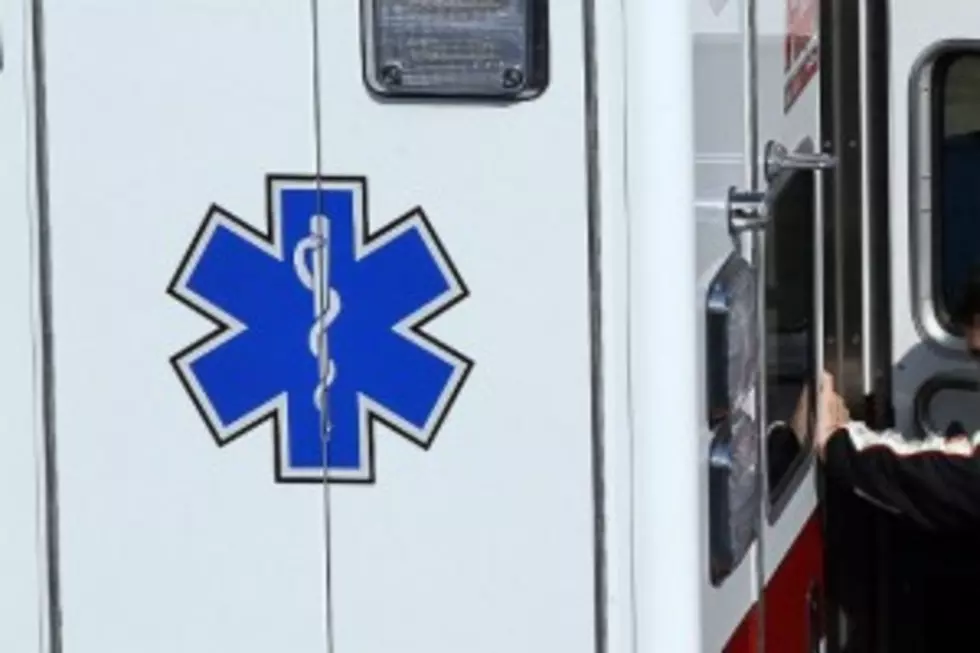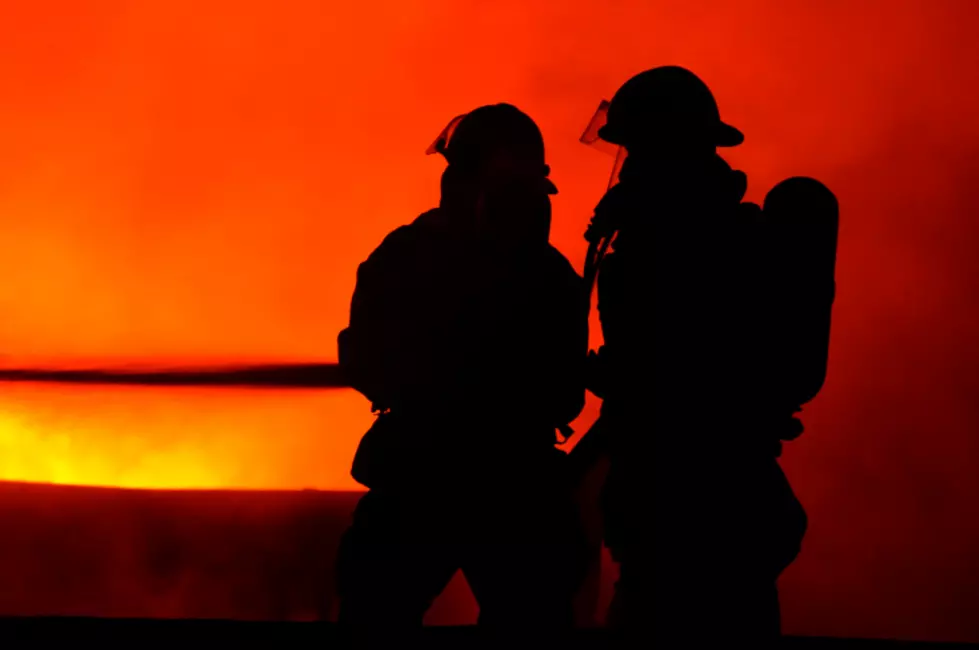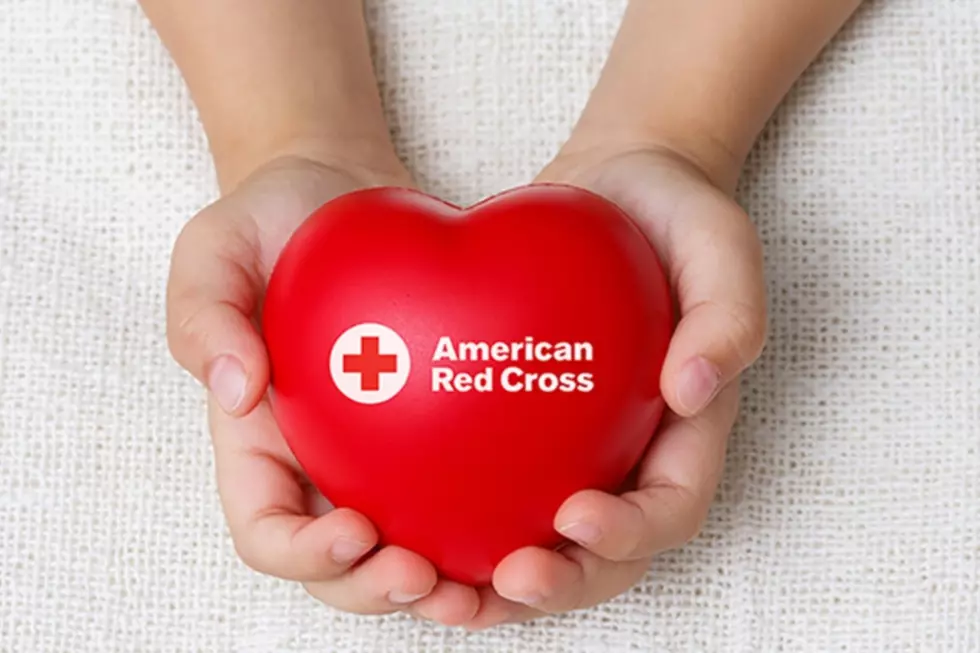
Because of Changes More Cardiac Arrest Patients are Being Saved
Good news since changes were implemented to the way emergency providers care for cardiac arrest patients. There is now an increase in survival rates.
For the EMTs in Portland, they have seen a significant increase in survival rate. The Portland Fire Department meets with their medical director to address their toughest calls, including cardiac arrest calls. The goal is to learn from and improve. Unlike TV or the movies, where the patient is scooped up and whisked away in the ambulance, the new protocol tells first responders to leave a patient right where they are and immediately perform CPR. If after 20 minutes, the patient still does not have a regular heartbeat, it is time to stop. Now here is where things get more emotional. After that point, they leave the patient there and call either the medical examiner's office or a funeral home. Sadly, there is nothing more to do, nothing more than the ER doctor could have done in a different setting and these highly trained EMS providers need to move on to their next call to help someone else. It is that immediate and effective chest compressions are the most effective way of restarting a heart and moving a patient will only hurt them more. All this is also a good reason why you might want to consider knowing more about CPR and first responder training because it’s vital for any bystanders to immediately start CPR. They bystanders are truly the first responders.
The American Red Cross and American Heart Association have training. You can do it with family and friends or maybe organize a workplace training. Really, how many people have a heart attack or medical emergency standing next to an EMT at the grocery story? Almost never. So, you can be that person’s best hope. And if they are trained in what to do, they can be your best hope, too.
More From 92 Moose









